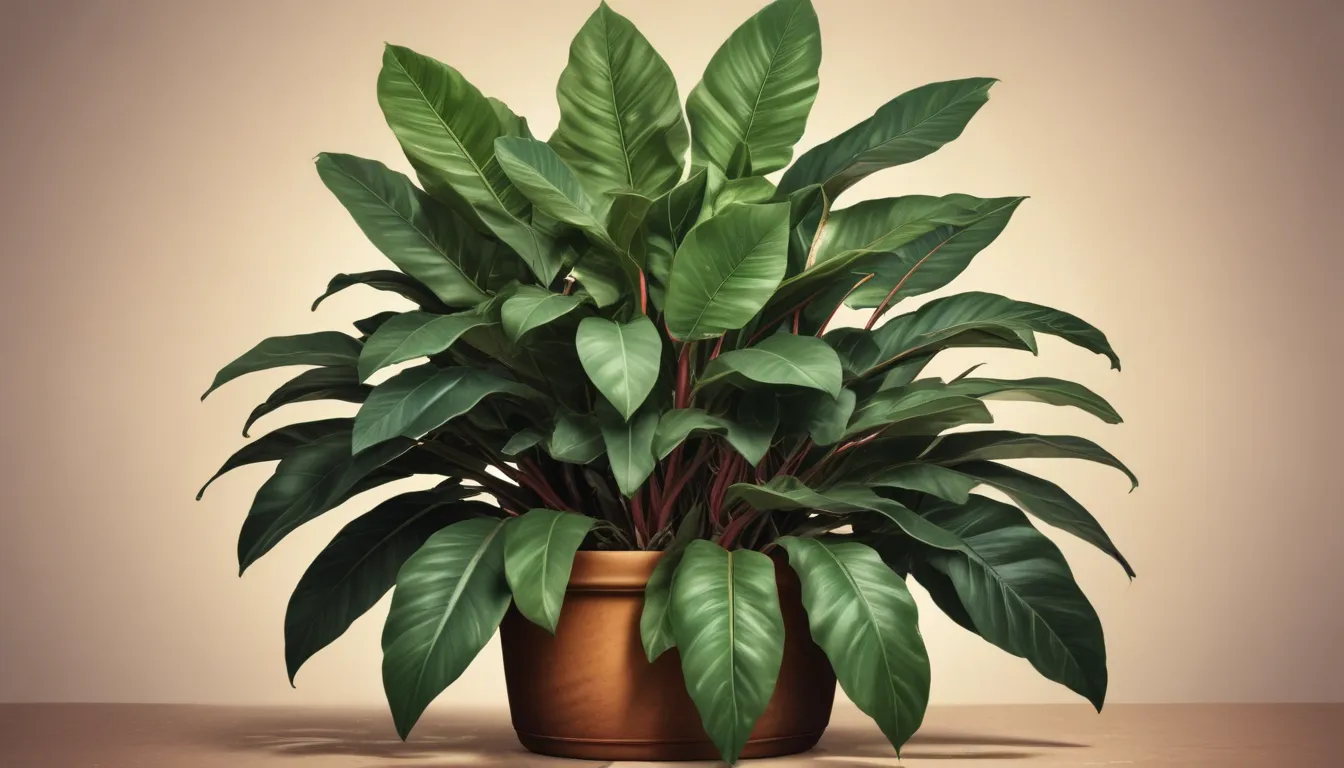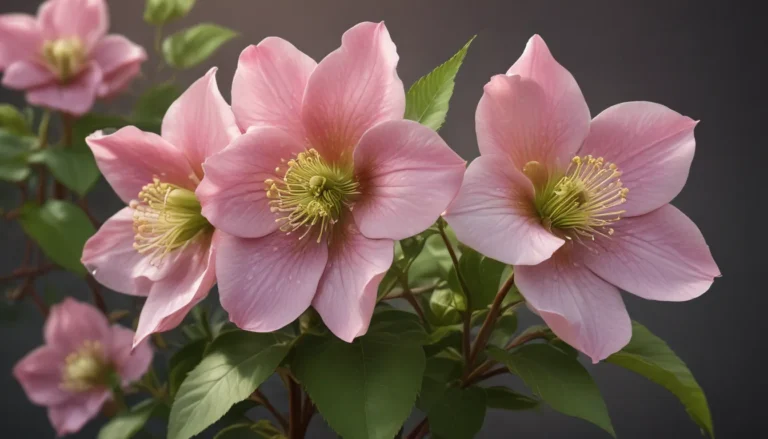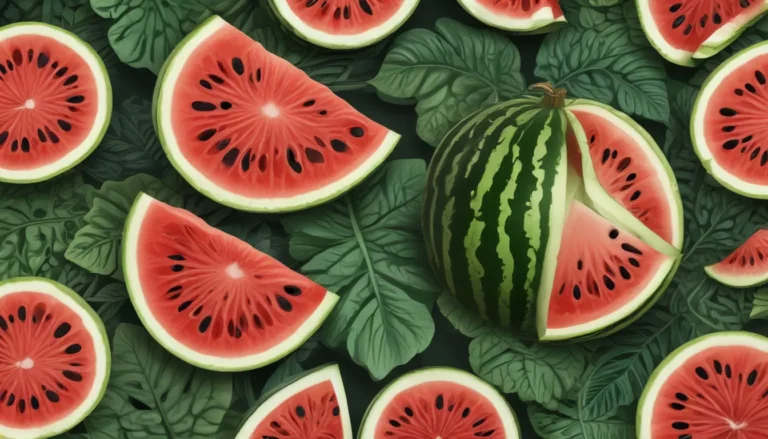The pictures we use in our articles might not show exactly what the words say. We choose these pictures to make you interested in reading more. The pictures work together with the words but don’t take their place. The words still tell you the important facts.
Rubber plants, also known as Ficus elastica, are more than just a popular houseplant choice - they are a captivating species with unique characteristics that make them stand out among other plants. Originating from the rainforests of Southeast Asia, these plants with their glossy, dark green leaves and sturdy stems can be a stunning addition to any indoor space. In this article, we will delve into 20 intriguing facts about rubber plants that will leave you in awe and deepen your appreciation for these remarkable botanical wonders.
The Origins of Rubber Plants
The Rubber Plant, scientifically known as Ficus elastica, hails from the lush rainforests of Southeast Asia. It is a widely cultivated plant due to its valuable latex, which is utilized in the production of rubber.
Impressive Height Potential
In their natural habitat, Rubber Plants can reach staggering heights of up to 100 feet. However, when grown as indoor houseplants, they typically stay much smaller, ranging from 6 to 10 feet in height.
Vibrant, Glossy Leaves
The leaves of the Rubber Plant are renowned for their vibrant green color and shiny appearance. They are robust, leathery, and feature a distinct oval or elliptical shape with pointed tips.
Air-Purifying Properties
Studies have shown that Rubber Plants excel in improving indoor air quality by effectively filtering toxins like formaldehyde and benzene. Their air-purifying capabilities make them a fantastic addition to any home or office setting.
The Origins of the Name
The Rubber Plant derives its name from the milky white latex sap it produces. This latex is collected and processed to obtain natural rubber, which finds numerous industrial applications.
Low-Maintenance Marvels
Rubber Plants are known for being relatively easy to care for, making them a favored choice among plant enthusiasts. They can adapt to various light conditions and do not require frequent watering, making them ideal for beginners.
Aesthetic Elegance
With their enchanting foliage and graceful appearance, Rubber Plants serve as striking decorative elements in any indoor space. They enhance the aesthetic charm of a room and create a tranquil ambiance.
Pruning for Perfection
If your Rubber Plant starts growing too tall or becomes leggy, you can easily prune it to maintain its desired shape. Pruning also encourages bushier growth and prevents the plant from becoming top-heavy.
Pet Care Considerations
It's crucial to keep Rubber Plants out of reach of pets, as the latex sap can be toxic to cats and dogs. Ingestion of the plant can lead to irritation and digestive issues in pets.
Adaptability to Light Conditions
Rubber Plants exhibit a unique ability to thrive in different light environments, though they prefer bright, indirect light. While they can tolerate some shade, their growth may slow down in such conditions.
Bonsai Beauty
Due to their compact size and attractive foliage, Rubber Plants are often favored by bonsai enthusiasts. With proper pruning and training techniques, these plants can be shaped into exquisite miniature trees.
Historical Significance
The cultivation of Rubber Plants for their latex dates back centuries. Indigenous tribes in South America were known to gather and utilize rubber long before it gained industrial importance.
Cultural Symbolism
In certain cultures, the Rubber Plant holds symbolic significance. In Feng Shui, it is believed to usher in prosperity and good fortune to a household, making it a popular choice for decorative purposes.
Natural Humidifiers
The large leaves of Rubber Plants aid in increasing humidity levels in a room, which can be particularly beneficial during dry winter months when indoor air tends to be drier.
Longevity and Reward
With proper care, Rubber Plants can thrive for many years, even decades. Their enduring lifespan makes them a gratifying and enduring addition to any plant collection.
Unique Aerial Roots
Rubber Plants generate adventitious roots in their natural environment, which grow in the air and attach themselves to nearby support structures like trees. This adaptation helps them thrive in their surroundings.
Propagation Techniques
To propagate a Rubber Plant, you can use stem cuttings and root them in water or a suitable planting medium. This straightforward method yields successful results and allows you to expand your Rubber Plant collection.
Soil Requirements
When planting or repotting a Rubber Plant, it's essential to use well-draining potting mix that facilitates excess water flow. This ensures healthy root development and prevents root rot.
Winter Dormancy
During the winter season, Rubber Plants enter a dormant phase where their growth slows. Adjusting watering and fertilization practices accordingly will help maintain the plant's health during this period.
Standalone Statement Plants
Due to their size and striking foliage, Rubber Plants can make a bold statement on their own. Placing them in corners or as focal points in a room elevates their presence and transforms them into captivating centerpieces.
Conclusion: Embrace the Beauty of Rubber Plants
In conclusion, the Rubber Plant is a remarkable and captivating addition to any indoor or outdoor space. With its enchanting foliage, air-purifying attributes, and easy maintenance, it has garnered popularity among plant enthusiasts. Whether you're a seasoned gardener or new to indoor gardening, the Rubber Plant promises to bring beauty and functionality to your space. Don't hesitate - bring home a Rubber Plant today and bask in the joy of owning this versatile and extraordinary plant!
FAQs About Rubber Plants
Q: How often should I water my rubber plant?
A: Rubber plants prefer slightly moist soil; water once a week during the growing season and adjust watering frequency in winter.
Q: How much light does a rubber plant need?
A: Rubber plants thrive in bright, indirect sunlight. Avoid direct sunlight to prevent leaf scorching.
Q: How tall can a rubber plant grow?
A: Rubber plants can grow up to 8 feet tall with regular pruning to maintain their shape.
Q: Can I propagate my rubber plant?
A: Yes, you can propagate rubber plants through stem cuttings rooted in well-draining soil.
Q: Are rubber plants toxic to pets?
A: Yes, the latex sap of rubber plants is toxic to cats and dogs; keep them out of reach of pets.
Explore the Fascinating World of Plants with Us
Rubber plants are just one example of the intriguing botanical wonders that await you. Whether you're interested in tropical plants, decorative foliage, or enhancing your indoor garden, we have a wealth of information to share. Our articles are enriched by contributions from real users like you, ensuring a diverse range of insights and knowledge. Rest assured, each fact is meticulously reviewed by our dedicated editors for accuracy and reliability. Delve into the world of plants with us and uncover a treasure trove of fascinating facts and credible information.






